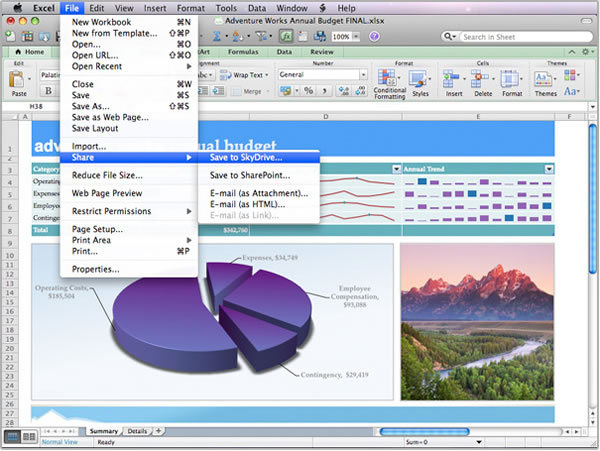With Pro Tools First, you can quickly turn the ideas in your head into professional-sounding songs, be heard, and stand out from the crowd. Go from creation to final mix with intuitive recording and music creation tools, including hundreds of virtual instrument sounds, 500. Legal Notices This guide is copyrighted ©2008 by Digidesign, a division of Avid Technology, Inc.  (hereafter “Digidesign”), with all rights.
(hereafter “Digidesign”), with all rights.
The following two methods both place all of the files in the /usr/local/bin directory in the hard driver. Unfortunately that directory is not in the default path. That means that when you type avrdude into the terminal it cant figure out where to look. In this prep-step you'll change the profile of your Terminal to add /usr/local/bin to the path. Find the Terminal program, you'll be using this to do most of this stuff.
Its in the Applications/Utilities folder In the new Terminal window, type in echo $SHELL and press return If the output is /bin/bash then type the following command: echo 'PATH=$PATH:/usr/local/bin' >> ~/.bash_profile all on one line. Press return. If the output is /bin/csh or /bin/tcsh then type the following command: echo 'set path = ($path /usr/local/bin)' >> ~/.cshrc all on one line. Press return. Close any Terminal windows and open up a new one. This makes sure the.bash_profile or.cshrc is reloaded. Now type in echo $PATH (for bash) or echo $path (for t/csh) you should get something like the following: The important thing is that at the end of the line is /usr/local/bin.
This isnt suggested, and is an older method, but we leave the documentation here in case its handy You will need make which is included in XCode, as OSX-AVR doesn't come with it (ugh) Step 1. Wpa2 driver for xp. Download and install the mac developer tools (XCode). You need to have make installed, but it doesn't come with the OSXAVR package.
You can try installing it with fink, which will require a lot less space but the following is guaranteed. If you want to have the latest avr-gcc you may also have to do it the 'old way' which guarantees the most recent tools will be installed. To install XCode you will need the official packages. These are available on your Mac OS X Install CD, or from apple at:. The file is about 900MB so unless you have a fast connection I strongly encourage grabbing it off of the Install CDs that came with your Mac (you do still have those, right?) Basically we need the native Mac OS X compiler tools so that we can generate the AVR compiler tools. This is the advanced method, for when you need bleeding-edge development and hackability. Not suggested The following steps are essentially the same for MacOS X or Linux, BSD or any other unixy OS.

This is the 'old style' of installing avr-gcc, its longer and more tedious but you are guaranteed to have the latest version. (Note that this doesn't seem to work on Intel Macs for unknown reasons, we're investigating.), and you should follow it. I've reduplicated it here in case the site goes down. (also with a few minor 'improvements' and images Step 2. Download & install binutils (an essential utility for the C compiler) Download the current release of binutils from: (you can also go For these examples, we'll be using binutils-2.17.tar.gz but you should use whatever is most recent. Save it into your home directory, not the desktop.
Decompress the downloaded file and double click on it to decompress it (or use Stuffit Expander, in the Applications folder). You should now have a folder called binutils-2.17 which you should drag into your Home directory Open up a Terminal window and navigate to the binutils directory. Type: cd binutils-2.17 (or whatever you downloaded) theb type in ls to verify everythings there Configure binutils for AVR. Type:./configure --target=avr this will start a long process that will spit out a lot of text.